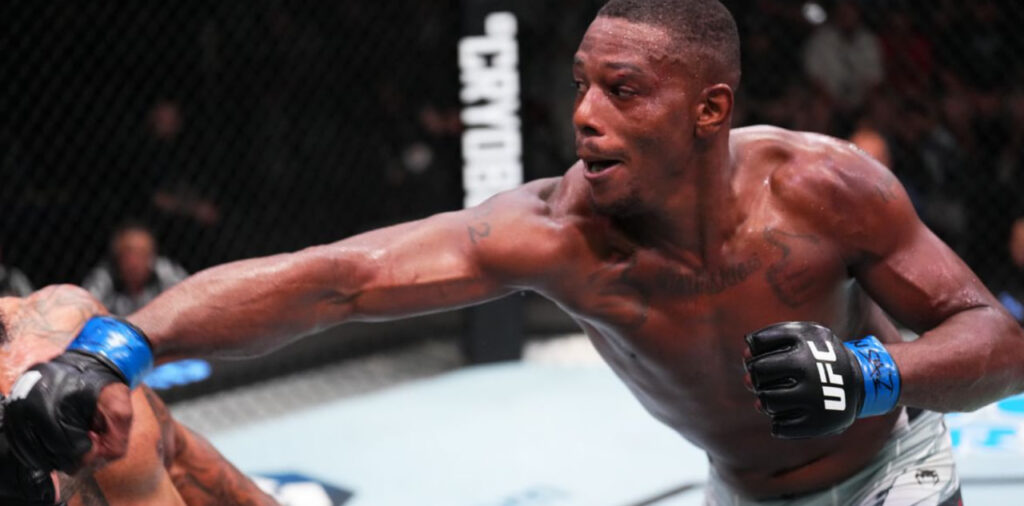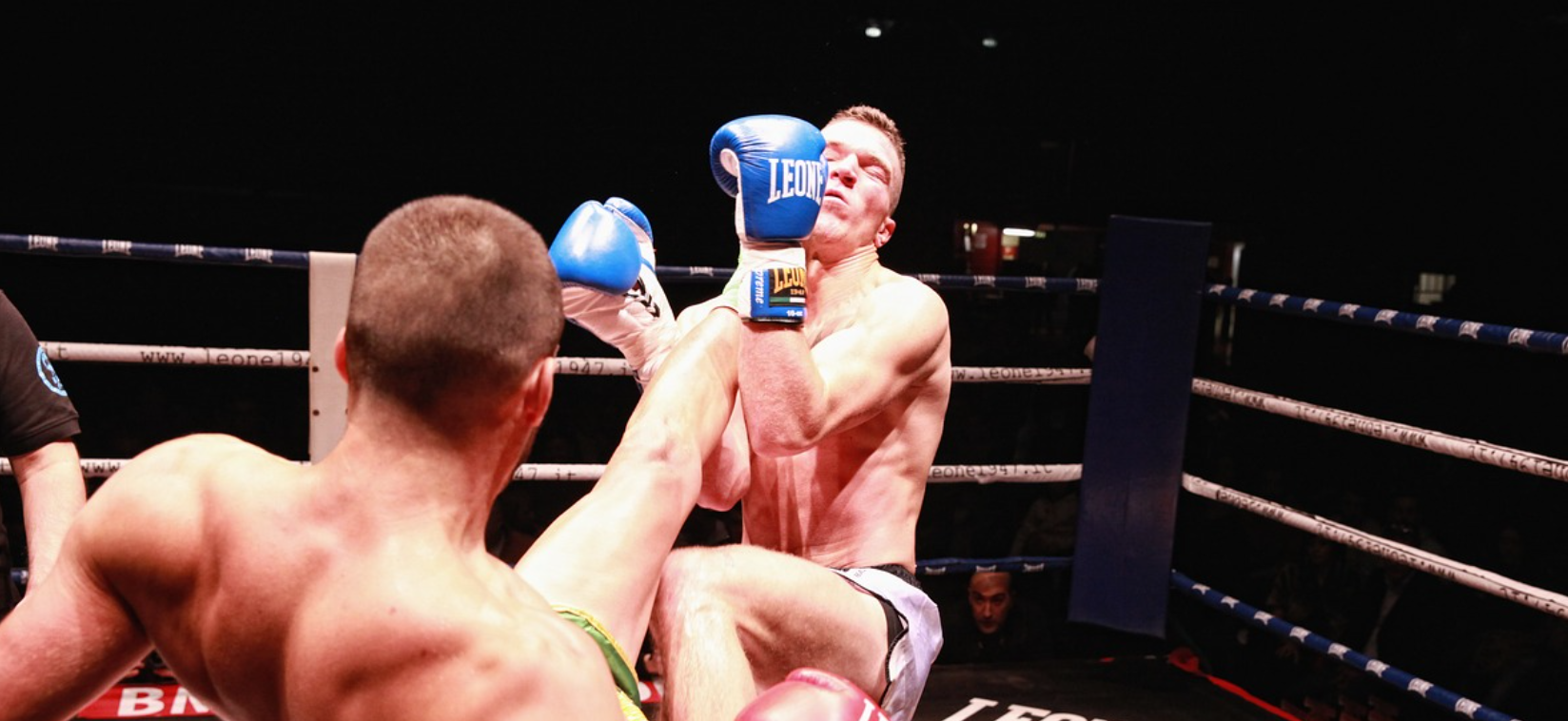Mixed Martial Arts (MMA) is one of the fastest-growing and most dynamic combat sports in the world. It blends various fighting styles—wrestling, boxing, jiu-jitsu, kickboxing, and more—into a single, high-intensity sport where anything can happen in a matter of seconds. Because of this unpredictability, MMA Predictions are both incredibly thrilling and notoriously difficult to get right.
However, those who take the time to understand the key elements that influence fights—such as fighter styles, strategy, conditioning, history, and mental toughness—can greatly improve their ability to predict outcomes accurately. Whether you’re a fan, bettor, analyst, or fantasy player, learning to analyze the fight game offers a deeper appreciation for the sport and can help you make smarter, more informed predictions.
Fighter Styles and Matchups
Every MMA bout is a clash of styles. Understanding how those styles interact is the foundation of any good prediction.
For instance:
- A striker like Israel Adesanya prefers distance, using timing and precision to outpoint or finish opponents.
- A wrestler like Kamaru Usman dominates with takedowns and control.
- A jiu-jitsu artist like Charles Oliveira looks for submissions once the fight hits the ground.
- A brawler like Justin Gaethje thrives in chaos, trading shots and pressuring opponents.
When predicting a fight, ask:
- Does Fighter A’s style counter Fighter B’s?
- Can the striker keep the fight standing?
- Will the grappler take the striker down and dominate on the ground?
Matchup dynamics are crucial. Often, it’s not about who is “better,” but whose style can impose itself more effectively.

Fight IQ and Strategy
Raw talent is important, but fight IQ—the ability to think, adapt, and follow a game plan—is often the difference between victory and defeat.
High-level fighters:
- Make adjustments mid-fight.
- Know when to conserve energy or go for the finish.
- Recognize their opponent’s weaknesses in real time.
- Use feints, timing, and footwork to outsmart opponents.
When evaluating fighters:
- Watch past fights for strategic awareness.
- Look for fighters who remain calm under pressure.
- Consider their corner team—do they have smart coaches who can guide them between rounds?
Smart, disciplined fighters often outperform brawlers or emotionally driven opponents in longer fights.
Physical Conditioning and Cardio
Many fights are decided not by skill alone but by conditioning. An exhausted fighter becomes vulnerable, no matter how skilled they are.
To assess conditioning:
- Review past fights—do they fade in later rounds?
- Has the fighter recently moved up or down in weight (which can affect cardio)?
- Are they taking the fight on short notice, with less time to prepare?
Fighters who gas out often abandon their game plan, get sloppy, and become susceptible to knockouts or submissions. Stamina is a silent killer in the cage.
Recent Form and Momentum
Fighter confidence and momentum can play huge roles. A fighter on a win streak is often sharper, more confident, and mentally stronger.
Consider:
- Has the fighter been active or coming off a long layoff?
- Were their recent wins over top contenders or weaker opponents?
- Did they take damage in their last fights that could carry over?
Momentum isn’t everything, but it often hints at how prepared and confident a fighter will be when the cage door closes.
Age and Athletic Prime
MMA is physically demanding, and age plays a factor. While some fighters maintain elite skills into their late 30s, many start to decline around that time, especially in speed and durability.
Watch for:
- Fighters over 35 in lower-weight divisions (where speed is essential).
- Older fighters with long histories of knockouts or damage.
- Declines in footwork, reaction time, or grappling explosiveness.
Conversely, younger fighters may have raw talent but lack experience, making them unpredictable in high-pressure situations.

Weight Cuts and Fight Week Factors
Extreme weight cutting is a common (though controversial) part of MMA. Some fighters dehydrate themselves severely to make weight, only to rehydrate before fight night.
However, a bad weight cut can:
- Drain cardio.
- Weaken the chin.
- Affect mental clarity.
When analyzing a fight:
- Follow reports or weigh-in footage—does the fighter look drained?
- Has the fighter struggled with weight cuts in the past?
- Are they moving up or down in weight class?
Fighters who miss weight or seem sluggish on the scale often underperform, giving an edge to their opponent.
Psychological Game
Mental toughness is an X-factor that’s difficult to measure but often decisive. Fighters with strong minds overcome adversity, stay composed, and execute under pressure.
Red flags to watch for:
- Fighters who break mentally after a tough round.
- Those coming off brutal knockouts (mental recovery varies).
- Highly emotional fighters who abandon strategy for aggression.
On the flip side, fighters with championship experience often keep composure and find ways to win even when the fight gets ugly.
Experience and Level of Competition
Not all wins are created equal. A 10–0 fighter may have faced weak opponents, while a 6–3 fighter might have gone to war with top-tier talent.
When predicting fights, consider:
- The quality of opponents.
- How the fighter has performed under elite pressure.
- Whether they’ve headlined events or fought on the big stage.
Experience in five-round main events, high-level grappling exchanges, and high-stakes fights often gives veterans the edge in close matchups.
Betting and Fantasy Angles
If you’re betting or playing fantasy MMA, predictions also include statistical breakdowns:
Key betting stats:
- Significant strikes landed per minute
- Takedown accuracy and defense
- Submission attempts per 15 minutes
- Striking defense percentage
High-volume strikers and active grapplers are valuable in fantasy formats, while underdogs with knockout power are worth looking at in betting underdog scenarios.
Also consider public perception—well-known names often receive more betting action, which can skew odds. Savvy predictors find value in lesser-known but technically sound fighters.

Intangibles and “What Ifs”
Fights don’t always go as planned. A sudden injury, freak cut, or one punch can end everything. That’s what makes MMA exciting—and hard to predict.
To prepare for surprises:
- Always weigh finishing ability (KO or submission artists can end fights in seconds).
- Analyze how fighters respond to adversity.
- Be open to live betting if you notice early signs of fatigue, injury, or mental breakdowns.
Predicting fights isn’t about being right every time. It’s about stacking as many favorable factors on one side as possible—and staying realistic about unpredictability.
Final Thoughts: The Art of MMA Prediction
MMA prediction is equal parts science and intuition. You can study every statistic, watch hours of tape, and still be caught off guard by a single punch or mistake. That’s the nature of combat sports. But by understanding the elements that most often determine outcomes—styles, cardio, mindset, preparation—you can dramatically increase your ability to forecast results with confidence.
At its core, predicting MMA fights means respecting the chaos while looking for patterns within it. It means balancing data with gut instinct. And it means always staying curious, always learning, and always giving credit to the warriors who step into the cage to compete at the highest level.


